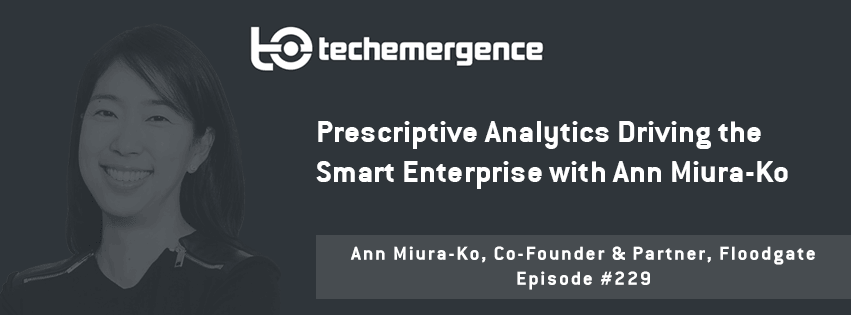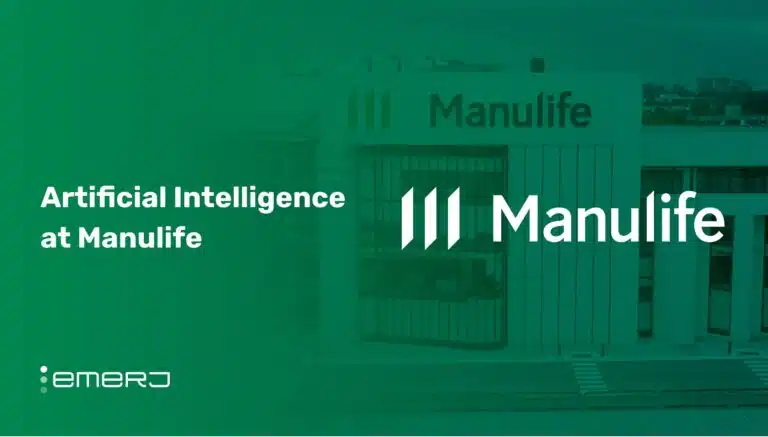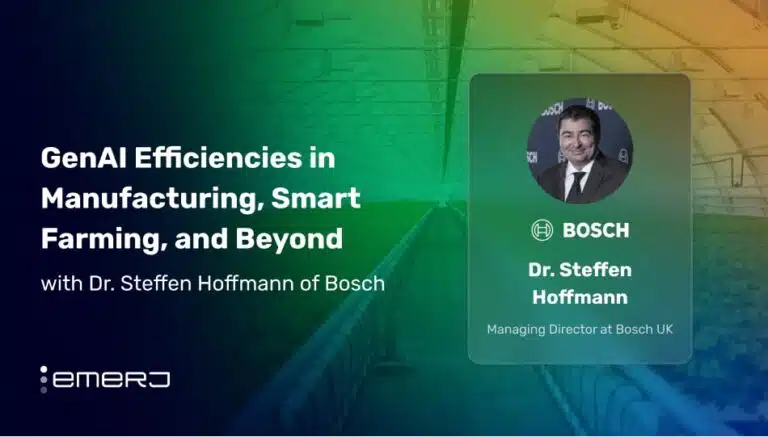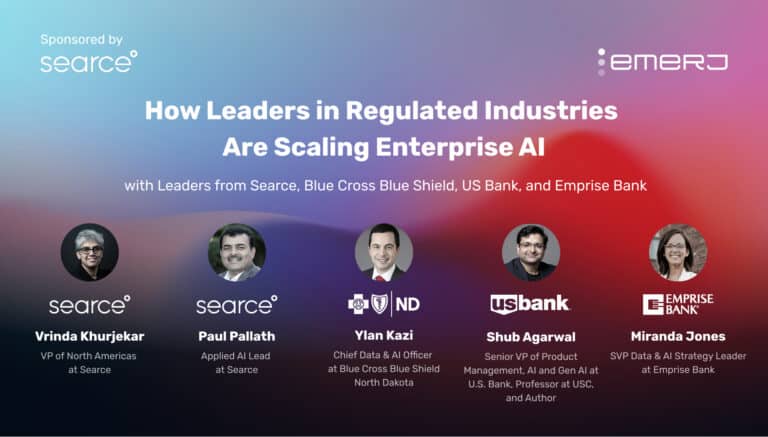Episode Summary: In the last few months, we’ve had a string of fantastic interviews with investors and have gained a cross-industry picture of what’s important for start-ups and emerging trends in the AI and ML space. This week’s interview is no exception. Ann Miura-Ko, co-founder and partner at Floodgate, starts with an explanation of the “self-driving enterprise” concept, her functioning idea about AI investing and the future of software in general. Her high-level insights embody an interesting emphasis on the dynamic of human-machine interactions and relationships cross industries, including the constant workflows and interactions of people using software and bolstering the predictive and prescriptive analytics capabilities of that software. While forward-thinking, Miura-Ko also paints a picture of how these synergistic relationships between humans and machines are happening with companies today.
Expertise: Venture investment and analysis in emerging technologies
Brief Recognition: Ann Miura-Ko is a Partner at Floodgate. She has been called “the most powerful woman in startups” by Forbes and is a lecturer in entrepreneurship at Stanford. The child of a rocket scientist at NASA, Miura-Ko is a Palo Alto native and has been steeped in technology startups from when she was a teenager. Prior to co-founding Floodgate, she worked at Charles River Ventures and McKinsey and Company. Some of Miura-Ko’s investments include Lyft, Ayasdi, Xamarin, Refinery29, Chloe and Isabel, Maker Media, Wanelo, TaskRabbit, and Modcloth. She received her BS in electrical engineering from Yale and a PhD in quantitative modeling of computer security from Stanford.
Current Affiliations: Co-founder and Partner at Floodgate; Lecturer at Stanford; Board member of several Bay area startups, including Lyft, Ayasdi, and Inscopix.
Big Ideas:
 1 – Enterprise Applications that “Self-Drive” Will be Invaluable to Business Decision Makers.
1 – Enterprise Applications that “Self-Drive” Will be Invaluable to Business Decision Makers.
Miura-Ko’s allusion to the “self-driving” enterprise is predicated on smart systems that can understand the future and apply this knowledge toward predicting, more accurately and likely more “probabilistically” over time, future events that affect company operations. She describes leveraging these systems as giving decision makers a “super power.” At the strategic level of business operations, value won’t come from job replacement but from job augmentation. A prescriptive system that can generate inferences and possible scenarios and help executives make better decisions could grant great powers of foresight. While predictive and prescriptive analytics are on the rise, what’s still lacking is transparency in how machines arrive at conclusions. Miura-Ko believes this will need to change in future, as those in charge need to understand why a machine is recommending one course of action over another.
Turning Insight Into Action:
Big opportunities exist in theDevOp space for creating intelligent systems and self-driving enterprise applications that can be seamlessly integrated into workflow, particularly at the level of key decision-making. The ability of these systems to justify their decisions is key; just as in health care, those in leadership positions need the ability to act upon information and explain their reasons for doing so. At the very least, decision makers need to understand enough about how a system arrives at conclusions in order to make an informed decision about whether or not to override a particular algorithmic outcome. Miura-Ko believes that developers can help begin to accelerate this learning by building better understandings of the “state of a system”, a concept she elaborates on in more detail after point 8:10 in the audio interview.
Interview Highlights:
The following is a condensed version of the full audio interview, which is available in the above links on Emerj’s SoundCloud and iTunes stations.
(3:23) You talk about the self-driving enterprise as a concept that expands beyond autonomous vehicles, that self driving can be a metaphor for the dynamic of AI in industry. Talk through how you break that out as a concept.
Ann Miura-Ko: The first time it really dawned upon me, I have a Tesla and I got on to 280 and I engaged the auto pilot and…it was this WTF moment; the piece that was really interesting to me was there’s this autopilot, where you’re actually getting a lot of direct feedback from the actual car, about what it’s seeing, why it’s making the decision that it’s making, and obviously you can override it…for me what it points to is this concept of intelligence and the enterprise needs to become more intelligent overtime, and the enterprise applications need to follow that…
(8:10) The “system of record” versus the ownership of the workflow—talk about an industry example of what the system of record represents, and then where the workflow might gain prominence as AI becomes more important (in industry).
AMK: As an example within the space of IT administration, there’s all these incredible dashboards that are out there…which are telling you about the security of a system, or the load, how an application is performing, and what it’s essentially describing is the state of a system. For the most part how this operates—you’ll have alarms and bells that go off if a particular metric hits a certain point. What I believe is that all of these different data points actually describe a particular state.
For a person in the DevOp space, they’ve seen that state before for the most part, and it might be that they see…the alarm bells going off but they’re ignoring that because they know that’s not really important. That system of record is still very important because you have all this data cached within it…but what’s more important is what do you do in relation, so what do you see on that dashboard? It might be that you just need to run a couple scripts and you’re headed back in the right direction…but that’s usually a fairly repetitive process. What they should be spending their time on is (thinking through) this is a state I’ve never seen before, what exactly is happening here, understand the root cause of it, fix that root cause, and then document it…
(13:21) Degrees of certainty that the machine can statistically gauge…is that to some degree what you’re talking about, where systems of the future will be able to calibrate what you’re going to do based on the probabilistic likelihood that this is the right path?
AMK: There’s that kind of example. I would say even in finance, I have my Oracle financials, which you could spend million of dollars keeping up, but fundamentally it’s deterministic. You put in your finances and it spits out your finances. On one hand that’s great, but my question would be— why doesn’t it just autogenerate everything for me? It should autogenerate my growth path for the next year, it should autogenerate my operating plan for 2018 and beyond, and I as the CFO should be coming in and putting in fundamental assumptions about my business and adjusting all of the intelligent things that the system does for me…
My belief is that the data actually already exists out there in terms of how all of this information ought to be tied together, so when I talk about probabilistic inputs, it’s not just around things we’re never certain about…there’s also things about the future that we should be able to predict and we should know that there’s some sort of newsworthy event that then is going to have trickle down effects upon my business.
(16:32) Do you think that the industry will find new ways to plug and spider these systems together to gain the kind of insight you’re talking about?
AMK: As we look at, on the infrastructure side, more and more people are becoming excited about microservices. I think that will actually drive much more integration between a lot of these different systems. So instead of creating these monolithic environments—one of my partners, Arjun Chopra, has been working a lot on what he calls the resilient enterprise. A lot of that is based upon this notion that instead of creating a monolith, you’re actually breaking these services apart into smaller pieces—microservices. The beauty of that is we think about an agile environment, but you want your code to be agile in certain areas but not in others…microservices I believe will be the answer to that and will enable us to share data much more seamlessly in the future…






















